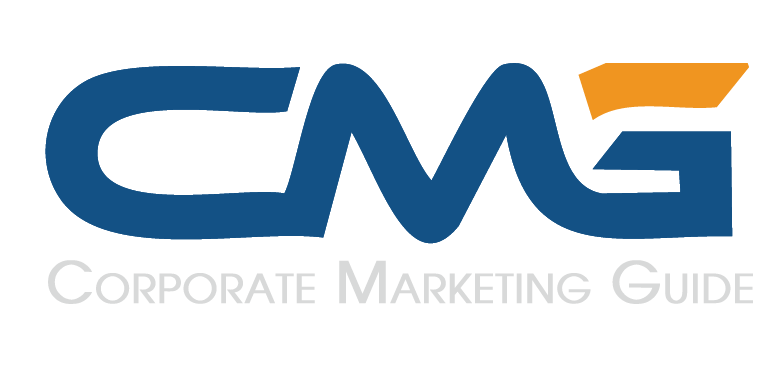Most construction companies don’t have a website problem.
They have a website strategy problem.
You built it, you listed your services, maybe even added a project gallery. And then? Crickets.
If your site looks fine but leads aren’t rolling in, you’re not alone—and you’re not broken. You just haven’t turned your website into a machine yet.
Here’s how to change that.
First, Know This: Pretty Doesn’t Equal Profitable
Yes, your website should look clean and professional. But a beautiful homepage won’t pay the bills if it’s missing what matters: conversion strategy.
The best construction websites don’t just showcase great work. They direct visitors through a focused, intentional experience—from interest to inquiry.
Think less “digital brochure” and more “silent salesperson.”
Get Ruthless About the First 5 Seconds
You have one shot to prove three things:
- What you do
- Where you do it
- Why you’re better than the next guy
If your homepage buries the location, uses vague language like “solutions” instead of specifics, or hides the contact form behind six clicks—fix it. Now.
Lead gen starts with clarity and confidence. That means a clear headline, strong subhead, and obvious next steps.
Ditch the Stock Photos—Use Real Work, Real People
Clients want to see what you actually build. Your team, your equipment, your jobsites.
Stock photos feel impersonal. Real visuals build trust. It’s that simple.
If you don’t have project photos, start collecting them now—even smartphone shots are better than generic images of smiling models in hard hats.
Pro tip: Label those images with SEO in mind. Search engines love descriptive file names like custom-kitchen-remodel-oklahoma.jpg.
Your CTA Needs to Work as Hard as Your Crew
A “Contact Us” button in the footer isn’t a strategy—it’s an afterthought.
Effective construction websites use calls-to-action throughout the page:
- “Request a Free Estimate”
- “Book a Site Walk”
- “Schedule a Call with a Project Manager”
Make it easy for the visitor to say yes to something small. Then build from there.
And yes, forms should be mobile-friendly, short, and frictionless. Don’t ask for someone’s life story. Name, email, and phone number are enough to start the conversation.
Build Pages That Rank and Convert
Blogging might feel like a stretch if you’re managing crews and timelines. But hear this:
Top-of-funnel content can bring in serious bottom-line results.
Articles like:
- “How Much Does a Kitchen Remodel Cost in Tulsa?”
- “What to Know Before Building a Custom Home in Broken Arrow”
- “Permit Requirements for Commercial Construction in Oklahoma City”
These posts attract people before they’re ready to call—and position you as the go-to expert when they are.
Finally: Track Everything
If you’re not using basic tools like Google Analytics, call tracking, or heat maps, you’re flying blind.
Find out:
- Where your traffic is coming from
- What pages are converting
- Where users are dropping off
Then tweak accordingly. Your website should get smarter over time, not collect digital dust.
Bottom Line? Your Website Can Do More
If your crews showed up to a job without tools, you’d call it a problem. So why settle for a website that looks nice but doesn’t work?
Treat your site like the lead-gen engine it’s meant to be.
Refine it. Measure it. Drive traffic to it.
Because in 2025, construction websites aren’t just about credibility—they’re about growth.
And growth starts the moment someone hits your homepage and thinks:
“These are the people I want to build with.”
Also read: What Makes AI Accounting Software Smarter Than Traditional Tools?



